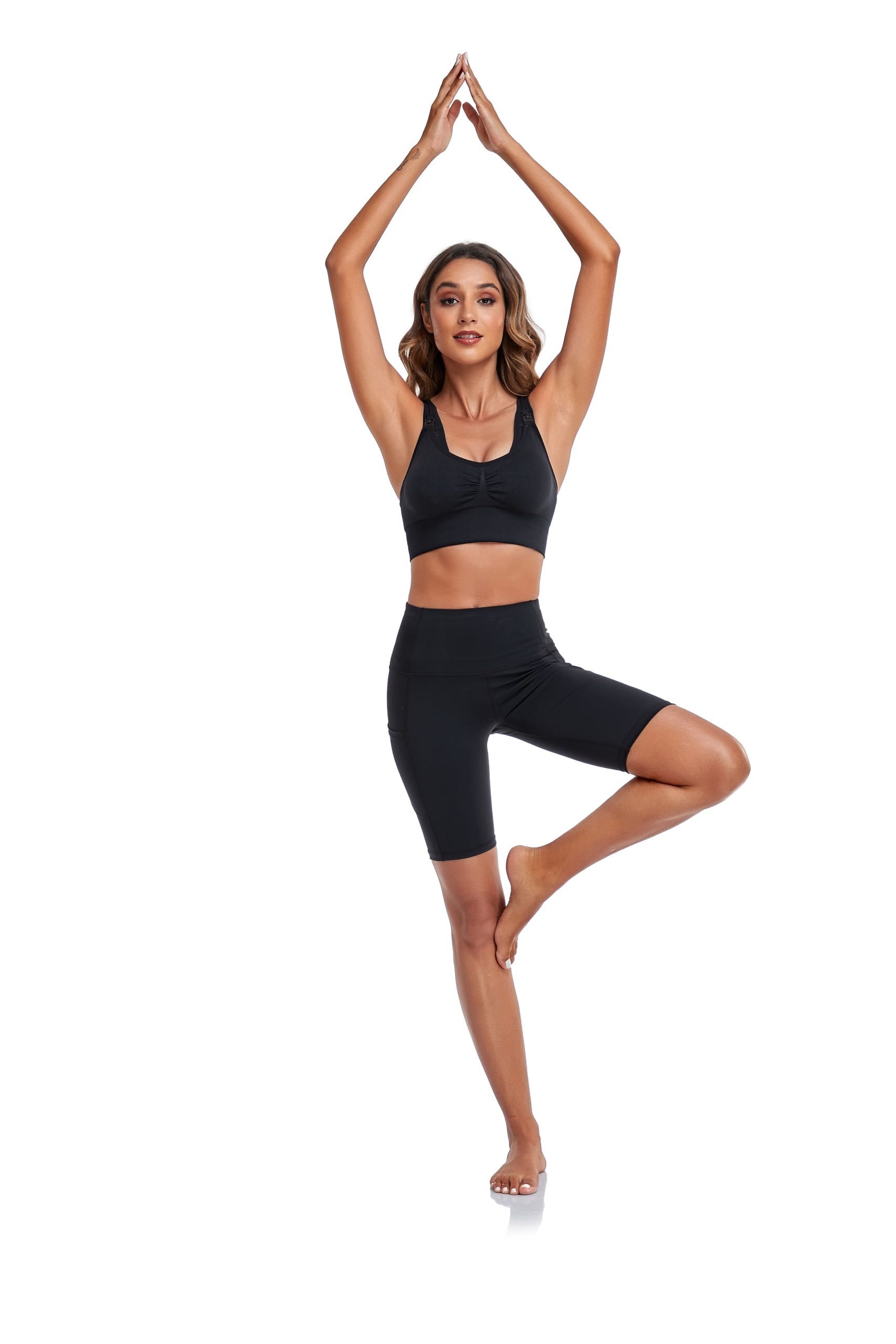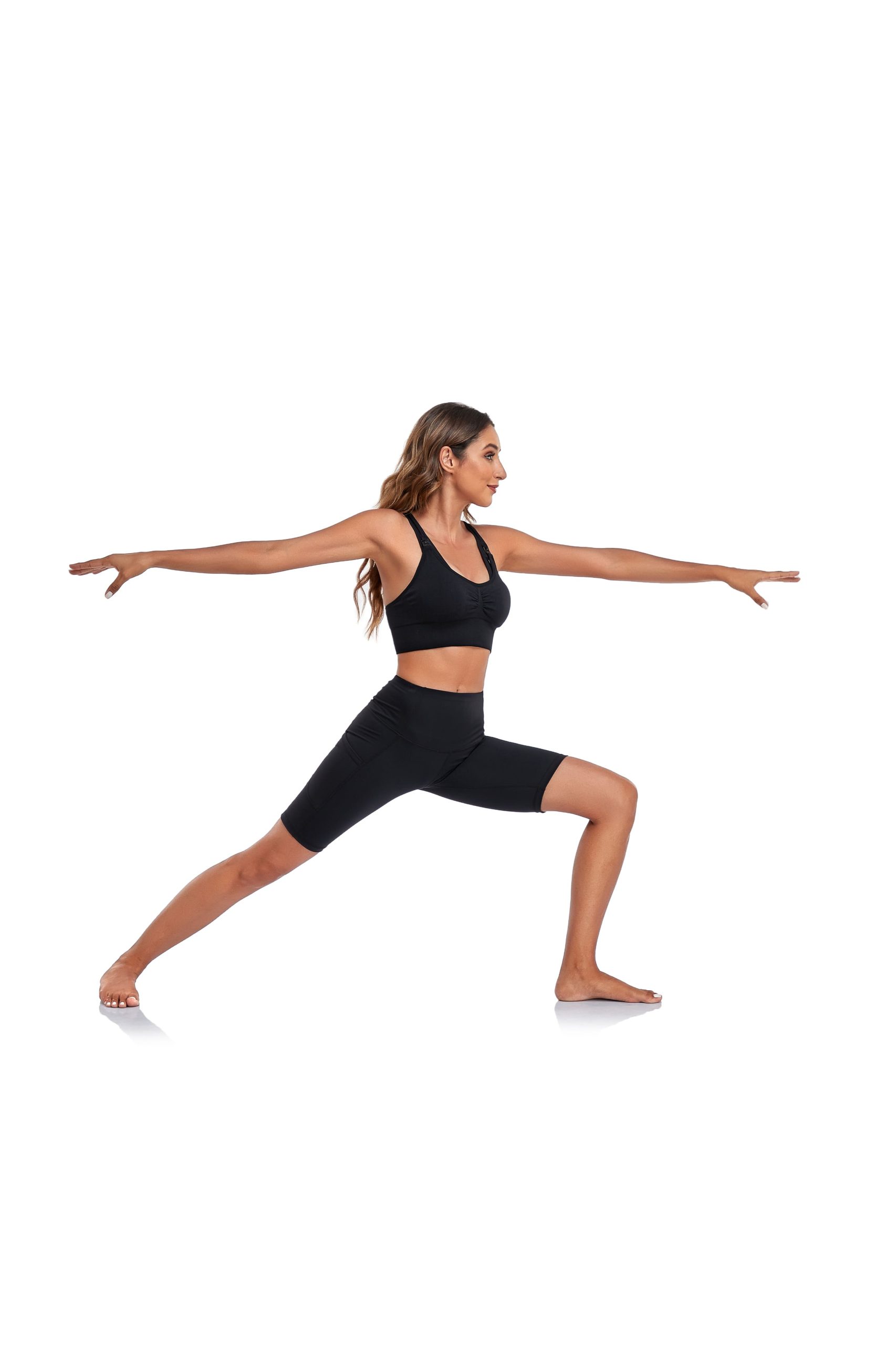Heavy menstrual bleeding, also known as menorrhagia, is a common condition that affects many women. It refers to excessive or prolonged bleeding during menstruation. While the definition of heavy menstrual bleeding can vary from woman to woman, it is generally characterized by the need to change sanitary products frequently, having to use double protection (such as a tampon and a pad)or experiencing flooding or clots. Here are some important things you need to know about heavy menstrual bleeding:
1. Causes: There are several possible causes of heavy menstrual bleeding, including hormonal imbalances, uterine fibroids (noncancerous growths in the uterus), polyps (abnormal tissue growths in the uterus), adenomyosis (a condition where the inner lining of the uterus grows into the muscle wall), endometriosis (a condition where the tissue lining the uterus grows outside of it), pelvic inflammatory disease, certain medications, bleeding disorders, and sometimes no specific cause can be identified.
2.Symptoms: Heavy menstrual bleeding is characterized by excessive or prolonged bleeding during menstruation. Some common symptoms include passing large blood clots, soaking through sanitary protection every hour, needing to change tampons or pads during the night, having periods lasting longer than seven days, fatigue, shortness of breath, and feeling lightheaded or dizzy.Maybe you will sleep well at night, and the amount of blood will make you have to get up at night to replace the sanitary napkin, and even if it is replaced, it will leak out.
3.Impact on daily life: Heavy menstrual bleeding can have a significant impact on a woman’s quality of life. It may lead to fatigue, iron-deficiency anemia (due to blood loss), decreased productivity at work or school, social isolation or embarrassment, and disruption of daily activities or travel plans.
Why do some people have menstrual cramps?
Many women have trouble with menstrual cramps. Dysmenorrhea, in medicine is divided into primary dysmenorrhea and secondary dysmenorrhea two kinds.
Primary dysmenorrhea is caused by uterine contractions caused by elevated prostaglandins in the body during menstruation and is not caused by disease. It is very common in young women and can reach 50%.
Secondary dysmenorrhea is mainly caused by diseases such as: endometriosis (including chocolate cysts and adenomyopathy); Cervical adhesions or intrauterine adhesions; Uterine fibroids, etc.
Can you exercise during menstruation?
Agreed.
Some studies suggest that there is no significant relationship between menstrual cramps and physical activity. Some studies have shown that exercise can also relieve menstrual cramps. Therefore, it is possible to exercise during menstruation, and appropriate exercise is also recommended.


Women can do some aerobic exercise on days when the amount of menstruation is not particularly large, such as slow walking, jogging, climbing, swimming and so on.
If you don’t like to change disposable menstrual hygiene products frequently, you can try reusable period underwear.
